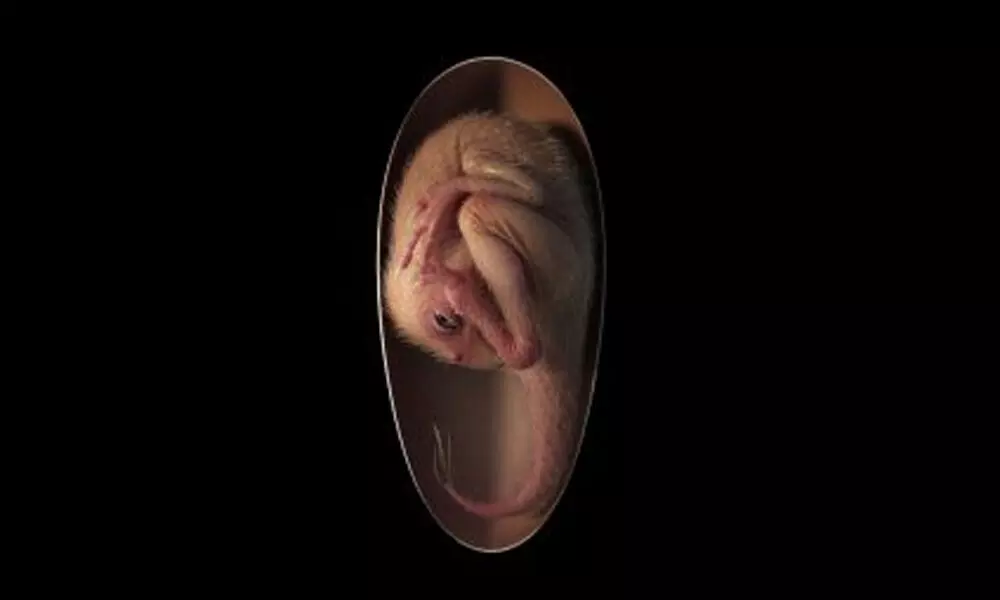Scientists Found A Perfect Preserved Egg Which Is Ready To Be Hatched

This undated illustration courtesy of Lida Xing and University of Birmingham shows a redition of a close-to-hatching oviraptorosaur dinosaur embryo, which is based on the new specimen ‘Baby Yingliang’ found in the Ganzhou, Jiangxi Province, southern China. AFP Photo / University of Birmingham/Lida Xing
- Scientists announced that they had found an extremely well-preserved dinosaur egg more than 66 million years ago that was almost ready to hatch.
- The size and shape of their beaks were variable, and their diet was varied.
In a press release on Tuesday, scientists announced that they had found an extremely well-preserved dinosaur egg more than 66 million years ago that was almost ready to hatch. The fossil was found in Ganzhou, southern China, and belonged to an oviraptorosaur, also known as a theropod dinosaur, which the researchers have named 'Baby Yingliang.'
AUC researcher Fion Waisum Ma co-authored a paper in iScience describing the dinosaur embryo as one of the best ever found in history.
In the study, Ma and colleagues found that Baby Yingliang was curled backward, with its head below its body and its feet on either side -- a posture which was never seen in dinosaurs, but is similar to modern birds.
As chicks prepare to hatch, chicks tuck their heads under their right wing as a means of stabilizing their heads while they crack the shell using their beaks. This behavior is controlled by the central nervous system.
In the event of an unsuccessful hatching, embryos that didn't tuck have a greater risk of death. It concluded that such behavior originated among dinosaurs and evolved in modern birds.
It might have been better to adopt a posture closer to what makes modern crocodiles sit with their heads bent over their chests up until hatching, rather than tuck.
Aviraptorosaurs who lived during the Late Cretaceous period were feathered dinosaurs known as egg thieves.
The size and shape of their beaks were variable, and their diet was varied. At the low end of the range were modern turkeys. At the upper end were Gigantoraptors, which were eight meters long.
The baby Yingliang is about 27 centimeters long (10.6 inches) from head to tail, and he is nestled inside a 17 centimeter-long egg at the Yingliang Stone Museum of Natural History.
In the past, an eons-old mudslide buried the egg, protecting it from scavengers for eons. Researchers believe that the creature is anywhere between 72 and 66 million years old. It would have reached an adult size of two to three meters, and likely consumed plants as food.
Several egg fossils had been neglected in storage for decades until they were discovered. In order to uncover the embryo hidden inside Baby Yingliang's egg, the research team scraped off a portion of the egg shell.
Professor Steve Brusatte of the University of Edinburgh, a member of the research team, described the embryo as one of the most beautiful fossils he has ever seen.
In addition to looking just like a baby bird curled in its egg, this prenatal dinosaur looks just like those dinosaur ancestors of today's birds.
In order to study Baby Yingliang more adequately, the team will use advanced scanning techniques to obtain images of the body's full skeleton, including its skull bones, given that much of its body is still covered in rock.
Next Story

















